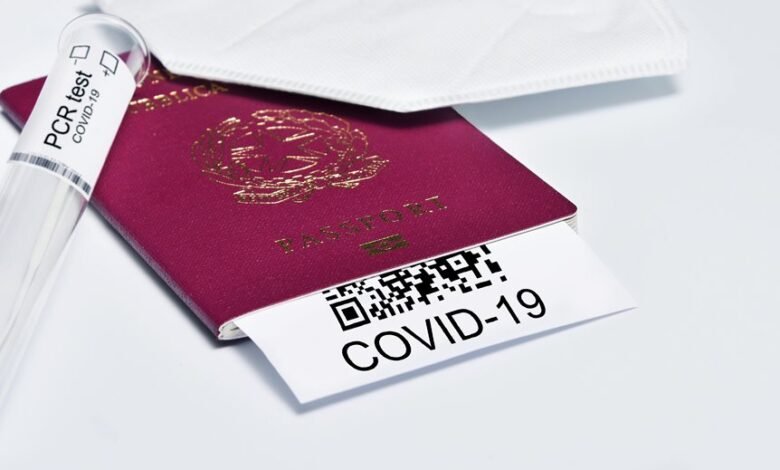2081879876 Voicemail Response Rate Analysis

The analysis of voicemail response rates for the number 2081879876 reveals intricate dynamics in listener engagement. Key factors such as message clarity and sender-recipient relationships significantly impact response times. Observations indicate distinct preferences across age demographics, with younger individuals favoring brevity. This raises questions about the effectiveness of current communication strategies. How can one adapt approaches to enhance engagement across diverse listener profiles? The answer may lie in tailored follow-up techniques.
Overview of Voicemail Response Rates
Although voicemail has long been a staple of communication, its response rates reveal significant variations influenced by factors such as context, sender-recipient familiarity, and message content.
Observing voicemail etiquette is crucial, as adherence to established norms shapes response expectations. Recipients often gauge the importance of a message based on its delivery, impacting their willingness to engage with the voicemail promptly.
Factors Influencing Response Times
Response times to voicemails are influenced by a myriad of factors, including the urgency of the message, the relationship between the sender and recipient, and the recipient’s current circumstances.
Additionally, message clarity plays a crucial role; clear messages tend to elicit quicker responses.
Patterns and Trends Observed
As patterns in voicemail response rates emerge, it becomes evident that certain trends can significantly impact communication dynamics.
Analysis reveals distinct response behavior variations among listener demographics, indicating that age, profession, and communication preferences play crucial roles.
Younger audiences tend to prioritize brevity and speed, while older listeners may engage more thoughtfully, suggesting that tailored approaches could enhance overall engagement in voicemail communications.
Strategies for Improving Voicemail Engagement
To enhance voicemail engagement, it is essential to implement targeted strategies that resonate with diverse listener demographics.
Utilizing personalized messages can significantly increase connection, as recipients feel valued.
Additionally, employing effective follow-up techniques ensures that the conversation continues beyond the initial message, fostering a sense of importance.
These approaches empower individuals, encouraging them to respond and engage, ultimately improving overall voicemail interaction rates.
Conclusion
In conclusion, the analysis of voicemail response rates for 2081879876 underscores the importance of adapting communication strategies to diverse listener preferences. While some may argue that voicemail is becoming obsolete, the data reveals that personalized and thoughtful messages can significantly enhance engagement across demographics. By recognizing the distinct tendencies of different age groups and implementing tailored follow-up techniques, individuals and organizations can foster improved interaction, ultimately reinvigorating the relevance of voicemail in contemporary communication.



